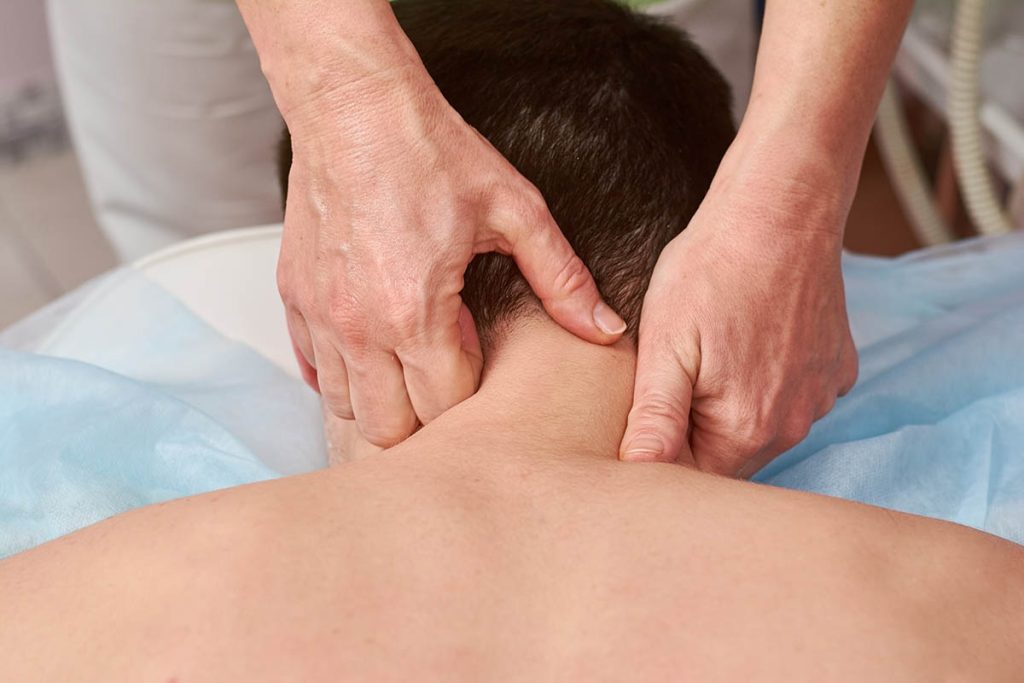A phrase that summarises this entire article could be ‘use it or lose it’, but what does that actually mean as you get older and where do you draw the line on going too hard or too fast? Maintaining mobility as you get older doesn’t necessarily mean spending multiple hours stretching or lifting heavy objects at the gym. It does, however, mean moving well and moving often; kids are a perfect example of this as they play, walk, and move around daily helping their body and brain adapt to a vast array of stimuli rather than staring at a computer for 8 hours. Be sure to consult your Physiotherapist before beginning any of the following methods to stay active as you age: .
Exercise your Vestibular System
It’s the system made up of tiny canals located in the inner ear and is responsible for balance and spatial awareness. When you get past the age of 40, this system is said to decline twice as much every 10 years. Falling due to lack of balance is one of the most common reasons the elderly injure themselves, and even those who don’t move regularly can cause damage during a fall. The best part about keeping the vestibular system active is that the ‘movements’ are things you can do regularly and from anywhere. Diaphragmatic breathing, head control movements (nodding), baby crawling and other gait movements such as walking are all wonderful ways to engage your body in a less demanding, but potentially effective way.
Aqua Aerobics
Moving in water is a great way to reduce the load distribution on your joints and provides the opportunity to move more freely. As a relatively low-impact aerobic exercise, the water also provides multi-directional resistance that ensures a full-body workout as you move through the different motions. If you’re looking for more of a heart-racing session, you can always amp up the intensity and improve your cardiovascular health.
Resistance Exercises
Performing movements that are fluid and connected versus disjointed and static plays a big role in staying mobile; anyone can show up and perform a number of poor-quality exercises, but being able to confidently execute a squat, a hinge, or simply being able to get up from the ground without fear of tweaking something is key. For a lot of people, doing these foundational movements well might mean working with a Physio since you can get the eyes of someone who understands the uniqueness of different bodies. Alternatively, Pilates classes are a great way to participate in supervised training and build sustainable strength and improved flexibility.
Practise Movement
The best kind of movement program is the program you will actually stick to. Whilst a lot of people might not have an interest in hitting big numbers at the gym, being able to move openly and without restriction is a vital part of enjoying life as you age. Even with a 9-5 desk job, there are sitting exercises that can work wonders when it comes to longevity and may also minimise neck and back pain.

Staying in tune with your body and keeping tabs on how various movements feel during the day is a critical part of keeping yourself mobile into your older years. Having a team of experienced health professionals by your side to guide the way is also a solid part of maintaining your body. At BodyViva, our focus is to help you perform at your best no matter your age or exercise level and we have a range of services available under the one roof to make your life a little easier. Get in touch today to find out more about how our team can help you reach peak performance, even as you age!












